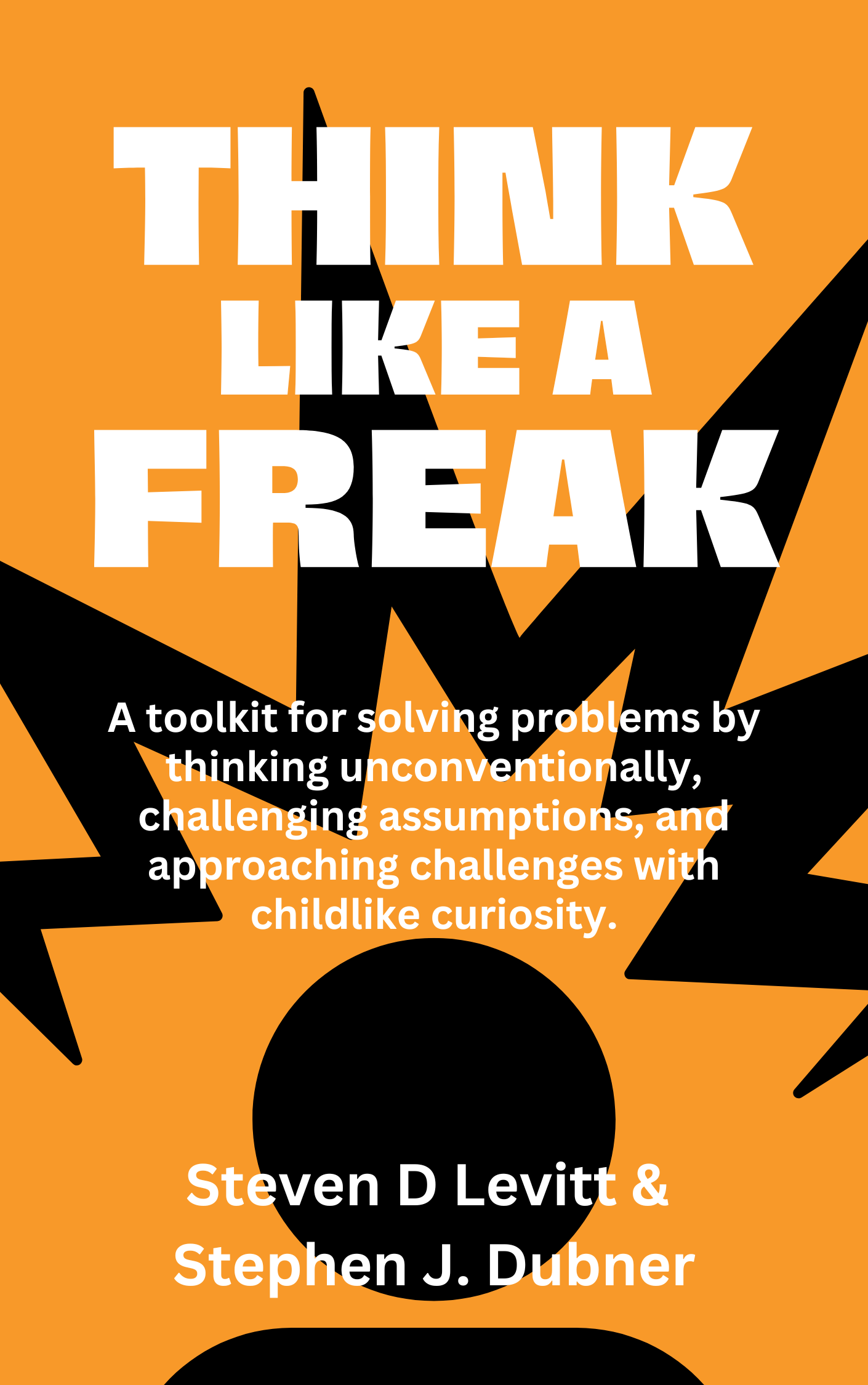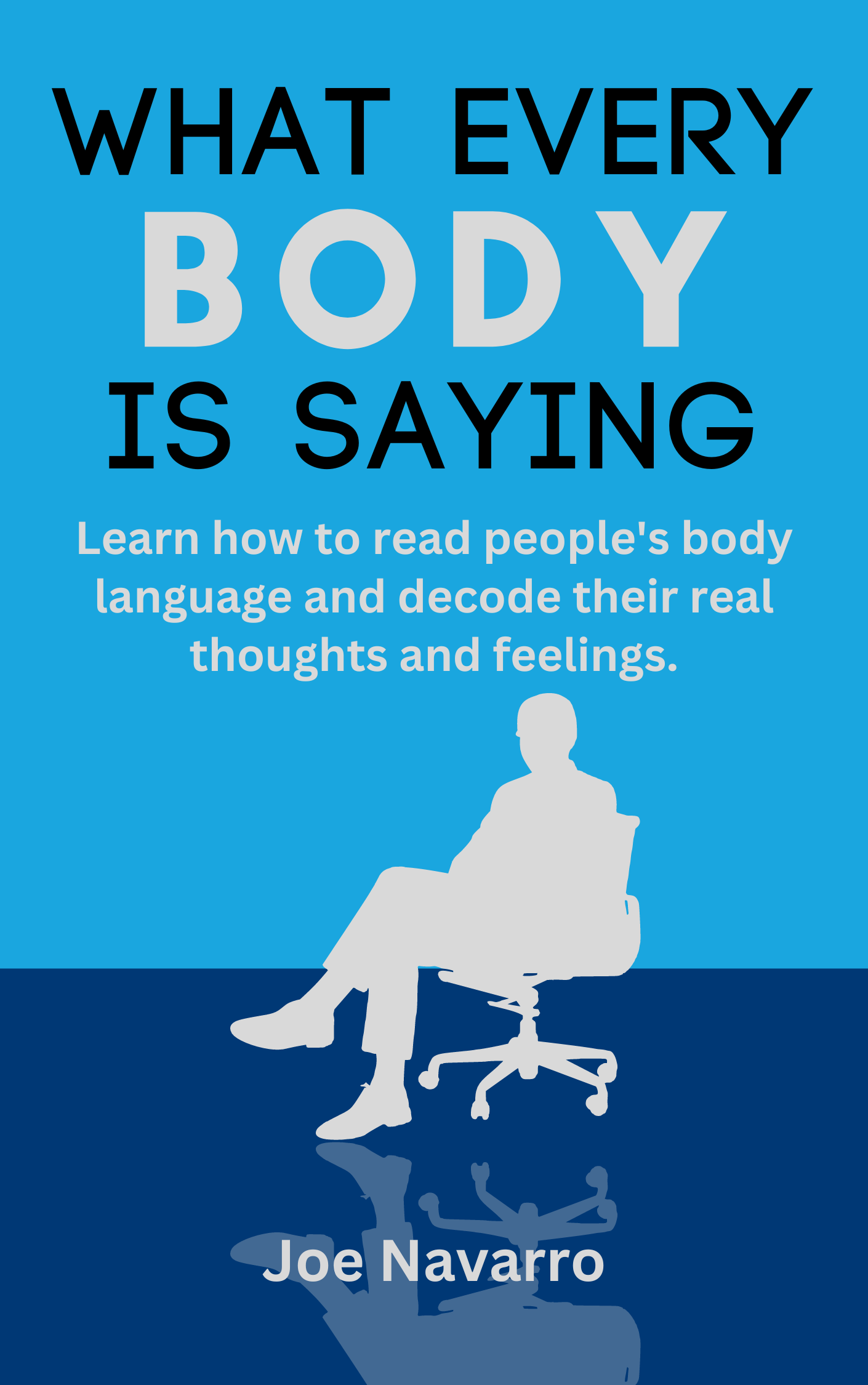Introduction
A Hollywood celebrity once spent an afternoon chatting about gardening with an ordinary man in a hotel lobby. This ordinary man was our author, Malcolm Gladwell's father, completely unaware he was talking to someone famous. Interactions with strangers are weird like that. You can have a memorable conversation with someone and still don’t know much about them. And this is the stuff Gladwell wants us to ponder!
Talking to strangers is unavoidable in daily life - but it’s not always rosy. Through some of the most controversial cases in recent American history - police violence, sexual assault on college campuses, political scandals, Gladwell wants us to understand how we interact with strangers. Because many such social problems stem from our inability to understand and communicate with people who are different from us.
Throughout the book, Gladwell promises to break down different aspects of this "the stranger problem." He'll look at everything from how we judge people's honesty to why we sometimes fail to spot liars. And he does all this with a mix of fascinating stories and cutting-edge research.
So, be prepared for a wild ride. You'll laugh, you'll cry, you'll probably get angry at times. But most importantly, you'll start to see and navigate your interactions with strangers in a whole new light! Shall we begin?
Strangers Are NOT Easy to know
We've all been there. Met someone new and instantly felt we had them figured out. It's human nature to think we can size up strangers in a snap. But as you’ll soon learn, this confidence is almost always misplaced! That's right - strangers are not the open books we think they are.
Take the Cold War spy story of Florentino Aspillaga, a Cuban intelligence officer who defected to the US in 1987 and dropped this boombshell: Nearly every CIA spy in Cuba was a double agent. The CIA, with all its resources and expertise, had been thoroughly fooled for years. THE CIA couldn't spot the deception!!
Then there's Neville Chamberlain, Britain's Prime Minister in the 1930s, who thought meeting Adolf Hitler face-to-face would help him understand the German leader's intentions. After multiple meetings, Chamberlain came away convinced Hitler was trustworthy. Spoiler alert: He wasn't.
Now, let's fast forward to modern-day courtrooms. Judges make crucial bail decisions daily, relying on their experience and face-to-face interactions with defendants. Yet, when researchers pitted human judges against a computer algorithm that only had access to basic data like age and criminal record, the computer's decisions were 25% more accurate.
At this point, you might be wondering if there's any hope for us mere mortals in understanding strangers. But before you despair, let's play a quick word game.
Fill in the blanks: G L _ _
What did you come up with? GLUM? GLAD? Now, if we asked you what your answer reveals about your personality, you'd probably say, "Not much. It's just a random word." But if we showed you a stranger's answers, you'd likely start drawing all sorts of conclusions about their character. This phenomenon, which psychologist Emily Pronin calls the "illusion of asymmetric insight," shows how quick we are to judge others based on minimal information, even as we insist that such judgments couldn't possibly apply to us.
So, the next time you're tempted to think you've got someone all figured out after a brief encounter, remember strangers are complex, enigmatic, and NOT easy to understand!
Moving on! Did you know our default setting is to believe others are telling the truth?
We Default To Truth
Should You Be The Holy Fool?
Bernie Madoff,now a famous American criminal and financier, stole $65 billion, and only one man saw it coming!
Harry Markopolos tried to warn the world about Madoff's massive Ponzi scheme for years. He was right, but no one listened. Why? Because Markopolos was unconventional. He was awesome with numbers, but he was also a bit… obsessive. The sort who wipes down his keyboard with disinfectant before every use. But his weirdness doesn’t mean he’s stupid or wrong. Agreed?
Markopolos had been sounding the alarm about Bernie Madoff since 2000, armed with charts, graphs, and basically everything to incriminate Madoff. So why did Markopolos see what others couldn't? Because he “wasn’t" defaulting to truth.
This makes Markopolos a "Holy Fool!" In Russian folklore, it's the village weirdo who ends up speaking the truth everyone else is too polite (or scared) to mention. Markopolos was Wall Street's Holy Fool. He didn't play by the rules, didn't care about making friends, and was more than happy to call out the emperor's new clothes. The downside? By the time Madoff's scheme collapsed, Markopolos had become too paranoid – carrying a gun, wearing a bulletproof vest, and checking under his car for bombs.
So, should you be the Holy Fool? It's a tough call. Markopolos was right when everyone else was wrong. But alienating and mistrusting everyone around you isn't good, either. Plus, if everyone behaved like Markopolos, we'd never get anything done. Imagine a world where you had to prove your identity with DNA samples every time you wanted to buy milk. So, you know: balance it out!
Oh, any chance you’re a fan of F.R.I.E.N.D.S?
The Transparency Problem
Ever watched the TV show Friends with the sound off? You’d probably be able to follow along, right? Ross's comically exaggerated expressions of shock, Chandler's sarcastic smirks, Rachel's perfectly timed eye rolls - it's all crystal clear. Plus, you’re likely to know the context of the episode.
In Friends, every emotion is written on the actors' faces like a billboard. Angry Ross doesn't just say he's angry; his face becomes a roadmap of fury. One expert even broke down Ross's angry face into a string of numbers and letters: 4C + 5D + 7C + 10E + 16E + 25E + 26E. Each number represents a specific muscle movement, from furrowed brows to flared nostrils.
But!!
Real life isn't a sitcom.
This is real life: In Trobriand Islands near Papua New Guinea, researchers showed locals pictures of "angry" faces - the kind Ross would make. Only 7% identified it as anger. Some thought it was happiness, others sadness. In another study, researchers surprised people by suddenly revealing their best friend in an unexpected setting. Only 5% of participants actually showed the classic "surprised" face. And almost all of them thought they had done the cartoon-style jaw drop.
This "transparency illusion" has real-world consequences. Seeing isn't always believing. Computers, which can't see defendants at all, consistently make better predictions about who will reoffend. All that extra "information" judges get from seeing defendants? It's just noise, not signal. One judge once let a man out on bail because he seemed "remorseful" and "mild-mannered." Four months later, that same man murdered his ex-girlfriend.
So you see, the transparency problem leaves us in a tricky spot. Our belief that we can read people's emotions from their faces is deeply flawed. But it's also fundamental to how we interact. We can't just stop trying to understand strangers. What we can do is remember that people aren't as easy to read as characters on TV! Real emotions are complex, subtle, and often hidden. Not only that, sometimes emotions are TOTALLY different from what people actually feel. As you’ll see next!
Assuming we can read people accurately can have grave consequences
The Transparency Assumption and Alcohol
Now you understand, with the transparency assumption we wrongly believe we can easily read others' intentions. Add alcohol to the mix, and this already flawed belief becomes downright dangerous. Alcohol doesn't just lower inhibitions; it creates what researchers call "alcohol myopia." This means drunk people focus intensely on what's right in front of them, ignoring long-term consequences.
On a chilly January night in 2015, two Swedish graduate students biking across Stanford University's campus stumbled upon a scene that would ignite a national conversation: Brock Turner assaulting an unconscious Emily Doe behind a dumpster. Brock Turner's account of that fateful night makes this clear. He claimed Emily Doe consented to their encounter. But in his initial police interview, he admitted to being "kind of blacked out".
Speaking of blackouts! Aaron White, a blackout expert, reports that over half of the drinkers in a survey at Duke University had experienced a blackout. Now this is where the problem lies: Someone in a blackout can still function - they can talk, dance, even make decisions (not great ones though!) They just won't remember any of it later. This makes it nearly impossible for others to tell if someone is in a blackout state.
Besides, today's heavy drinkers are downing 20 drinks in a sitting. And women are increasingly matching men drink for drink, despite metabolizing alcohol differently. So, if an average-weight woman matches an average-weight man drink for drink at a typical frat party, she'll likely black out while he's "just" very drunk. This puts women at a significantly higher risk of being victimized.
But let's be clear: alcohol doesn't cause sexual assault. Perpetrators do. Alcohol creates the environment where predators can more easily take advantage. Emily Doe's powerful victim impact statement are proof of the very real human cost of these "misunderstandings."
So, what's the solution? Telling people to drink less or respect women more is a start. But we need to understand that alcohol fundamentally changes how we perceive and interact with others. It leaves us too drunk to accurately read social cues or give meaningful consent.
We need a cultural shift, don’t you think?
Now, for our last lesson on talking with strangers, we move to a traffic stop!
Show A Little Empathy
Chapter 10
Details coming soon.











